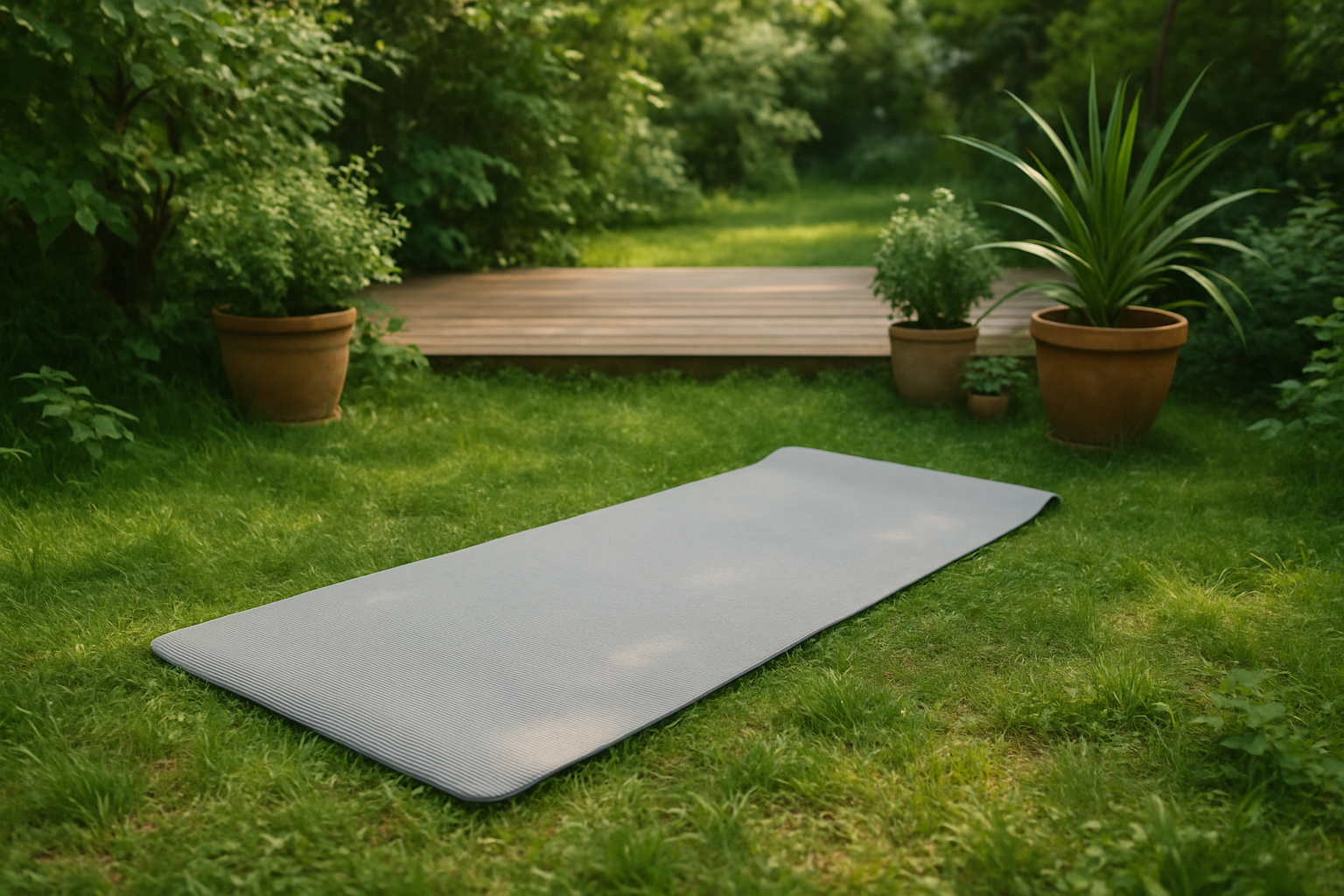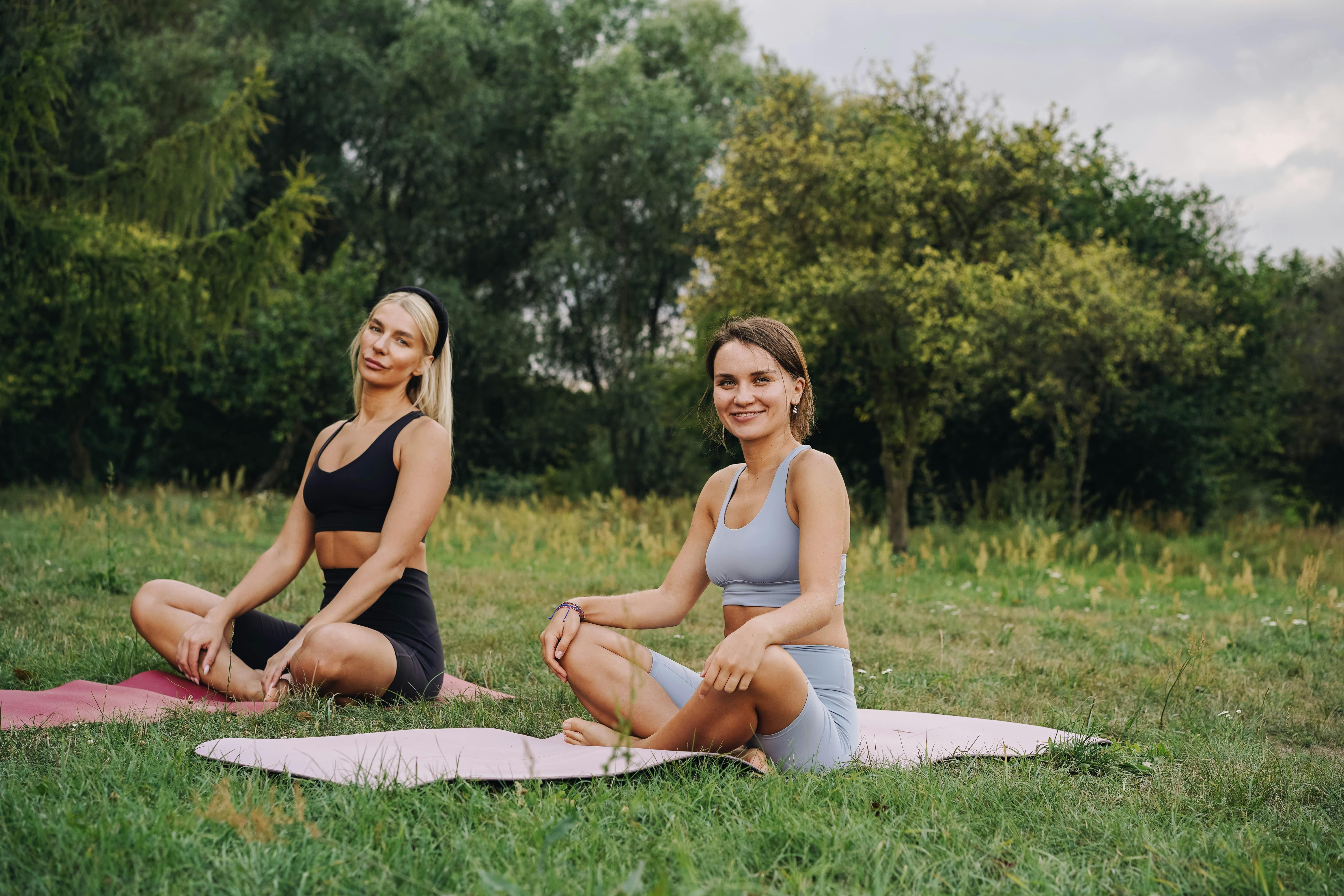Yoga is a powerful practice for building strength, flexibility, and mindfulness. However, like any physical activity, it carries a risk of injury if performed incorrectly. By focusing on proper alignment, warm-ups, and technique, practitioners can enjoy a safe and effective practice while maximizing benefits.
1. Prioritize Proper Alignment
Correct alignment ensures that your muscles, joints, and bones are supported throughout each pose:
-
Engage core muscles: Stabilizes the spine and prevents lower back strain.
-
Protect joints: Avoid locking knees or elbows; maintain a micro-bend to reduce stress.
-
Use props when needed: Blocks, straps, and bolsters help maintain alignment and reduce overextension.
Even small adjustments in posture can significantly reduce the risk of injury while improving balance and stability.
2. Warm-Up Before Practice
A proper warm-up prepares the body for deeper stretches and flow sequences:
-
Start with gentle movements like shoulder rolls, neck stretches, and cat-cow poses.
-
Incorporate dynamic stretches such as lunges or leg swings to activate larger muscle groups.
-
Gradually transition into more intense poses to prevent muscle strain and increase flexibility.
Warming up improves blood circulation, loosens tight muscles, and primes the nervous system for safe movement.
3. Common Mistakes to Avoid
Being aware of frequent errors can help maintain a safe practice:
-
Skipping modifications: Beginners should adjust poses to match their flexibility and strength.
-
Overstretching: Forcing a pose beyond your comfort zone can lead to tears or strains.
-
Holding breath: Proper breathing supports movement and reduces tension.
-
Ignoring fatigue or pain: Listen to your body; rest when necessary to avoid injury.
4. Tips for Beginners and Advanced Yogis
-
Beginners: Focus on foundational poses, alignment, and breath awareness. Avoid advanced inversions or extreme backbends until strength and flexibility improve.
-
Advanced practitioners: Integrate challenging poses gradually, maintain awareness of body limits, and continue using props to enhance stability.
5. The Role of the Right Yoga Mat
A high-quality yoga mat is crucial for safe practice:
-
Grip: Prevents slipping during dynamic flows or sweaty sessions.
-
Cushioning: Reduces stress on knees, wrists, and joints.
-
Stability: Ensures even support for balance-focused poses and inversions.
-
Durability: Maintains structure over time, supporting consistent, injury-free practice.
Investing in a supportive mat complements your technique, reduces risks, and allows you to focus fully on your practice.
6. Additional Safety Practices
-
Listen to your body: Discomfort signals adjustment; pain signals stop.
-
Practice mindfully: Move slowly into poses, holding them with awareness.
-
Cool down: End with gentle stretches or restorative poses to relax muscles and prevent stiffness.
Conclusion
Injury-free yoga is achievable with mindfulness, proper preparation, and the right tools. By prioritizing alignment, warming up, avoiding common mistakes, and using a supportive mat, practitioners can enjoy a safe, effective, and fulfilling yoga practice. Stretch smarter, move mindfully, and let every session strengthen both body and mind.





